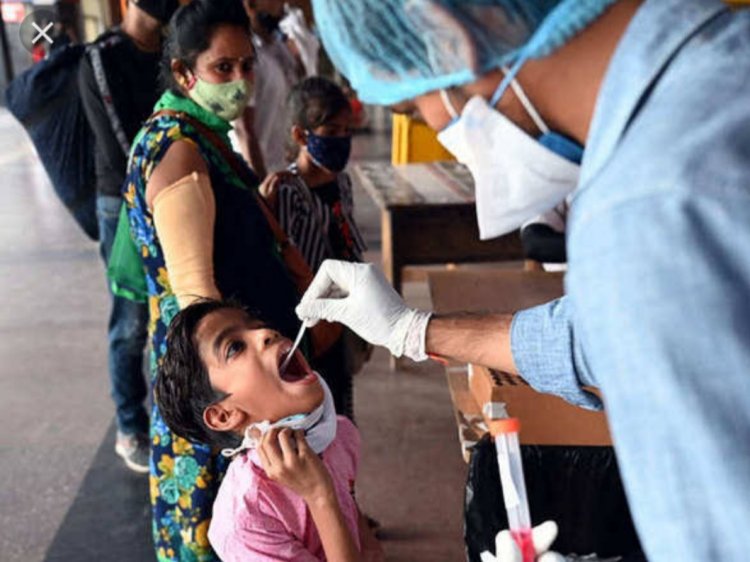TWO-THIRD INDIANS HAVE ANTIBODIES: NATIONAL SEROSURVEY
STORIES, ANALYSES, EXPERT VIEWS

The findings of Indian Council of Medical Research's (ICMR's) fourth national serosurvey have shown that nearly two-thirds of the country's population above the age of six has developed antibodies against coronavirus. However, 40 crore citizens are still at risk of infection. This is higher than the population of the United States.
ICMR had conducted this latest serosurvey in June-July 2021. It covered 28,875 individuals from the general population of the country, along with 7,252 healthcare workers. "The fourth round of the national serosurvey was conducted in 70 districts in June-July and included children of 6-17 years of age to assess their vulnerability towards Covid-19," said Dr Balram Bhargava, the Director-General of ICMR.
Over half of the children have been exposed: Bhargava added that over half of the children aged between 6-17 years have been exposed to coronavirus, thus developing antibodies against it. As per the findings, the highest seroprevalence was discovered in the 45-60 age group at 77.6 per cent. While the group above 60 years of age had 76.7 per cent seroprevalence. The 18-44 age group had 66.7 per cent seroprevalence.
Such studies, in the view of the Hindustan Times “carry several important caveats. First, can the study be extrapolated to estimate the overall spread of the virus in India? Both Balram Bhargava, the head of the Indian Council of Medical Research, and Niti Aayog member VK Paul cautioned that these numbers cannot be taken to fit a particular city or village — the study, they said, gives mostly an overall picture across the country. Second, does simply testing positive for antibodies mean protection? The answer is yes; antibodies do mean protection. Third, the longevity of antibodies, especially among those who were infected, is likely to wane in the next few months.”
Covid deaths likely to be in several times the official figure: research
In a related news, a study published by Arvind Subramanian, the government's former chief economic adviser, and two other researchers at the Centre for Global Development and Harvard University, states that India's excess deaths during the pandemic could be a staggering 10 times the official COVID-19 toll.
Most experts believe India's official toll of more than 414,000 dead is a vast undercount, but the government has dismissed those concerns as exaggerated and misleading.
The report said the count could have missed deaths occurring in overwhelmed hospitals or while health care was delayed or disrupted, especially during the devastating peak surge earlier this year.
The report on India's virus toll used three calculation methods: data from the civil registration system that records births and deaths across seven states, blood tests showing the prevalence of the virus in India alongside global COVID-19 fatality rates, and an economic survey of nearly 900,000 people done thrice a year.
Caveats to the report: Researchers cautioned that each method had weaknesses, such as the economic survey omitting the causes of death. Researchers also cautioned that virus prevalence and COVID-19 deaths in the seven states they studied may not translate to all of India, since the virus could have spread worse in urban versus rural states and since health care quality varies greatly around India.
















